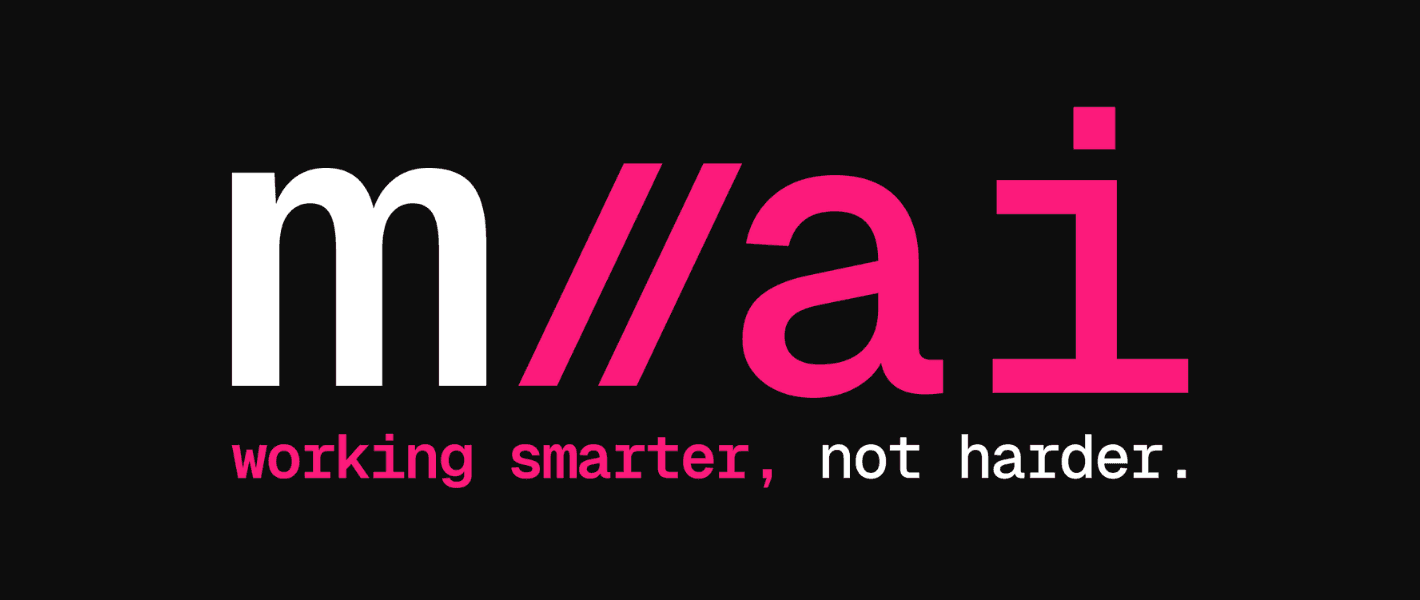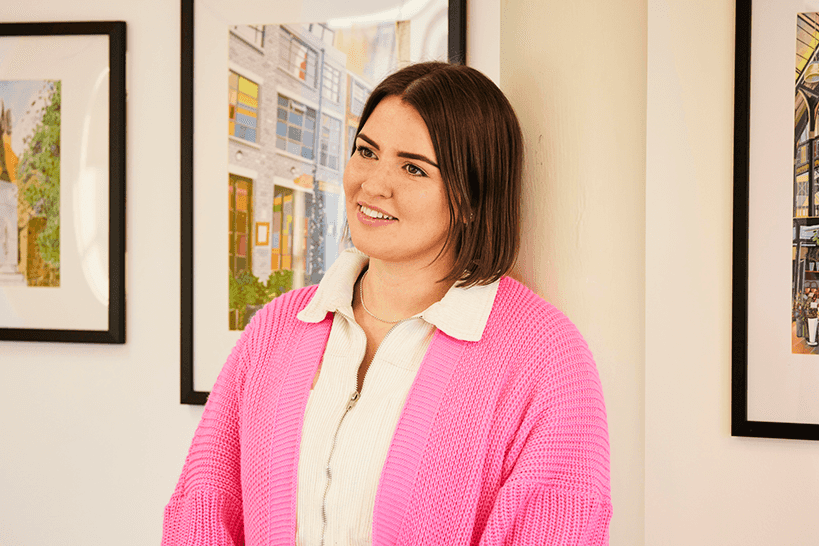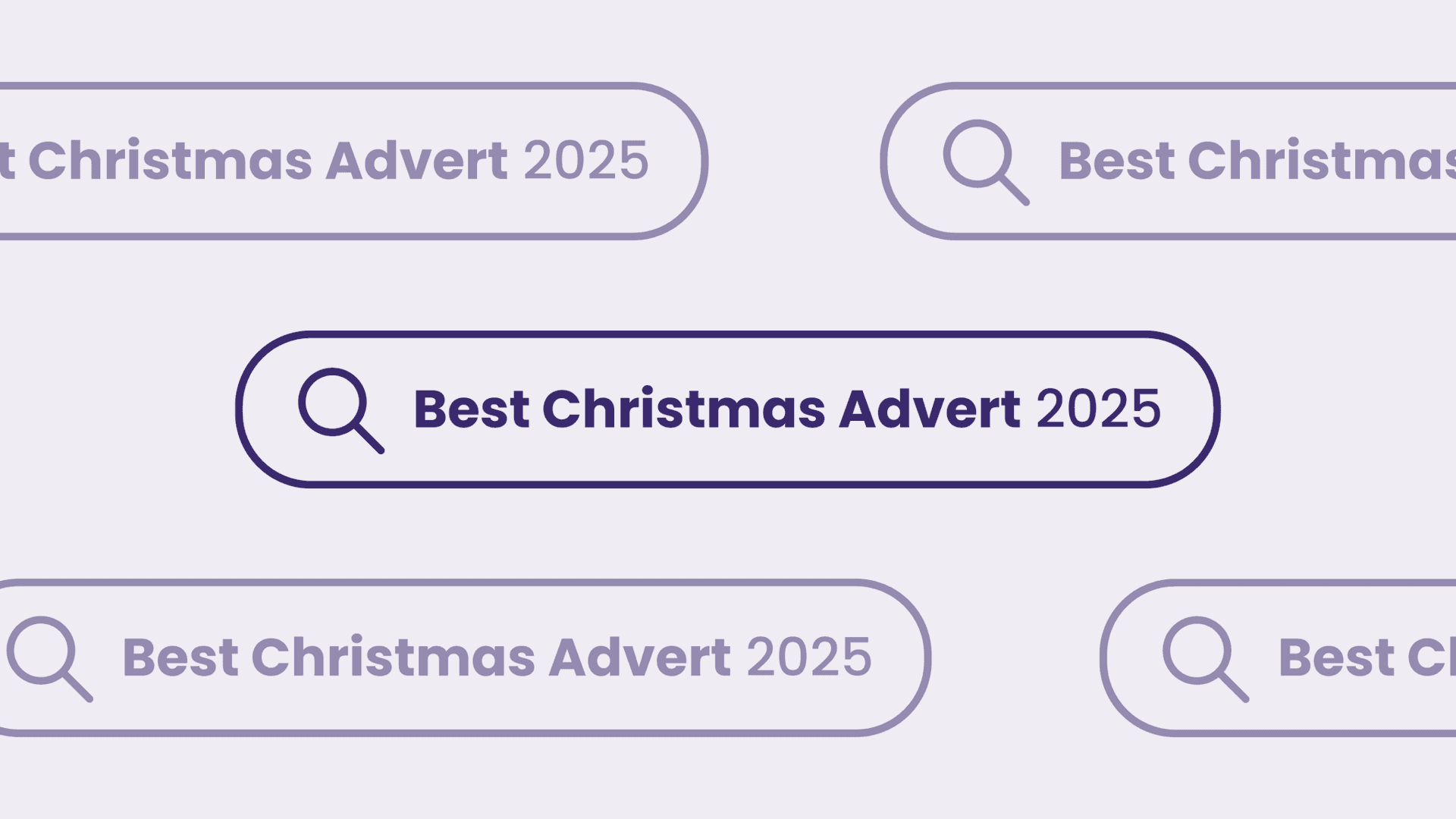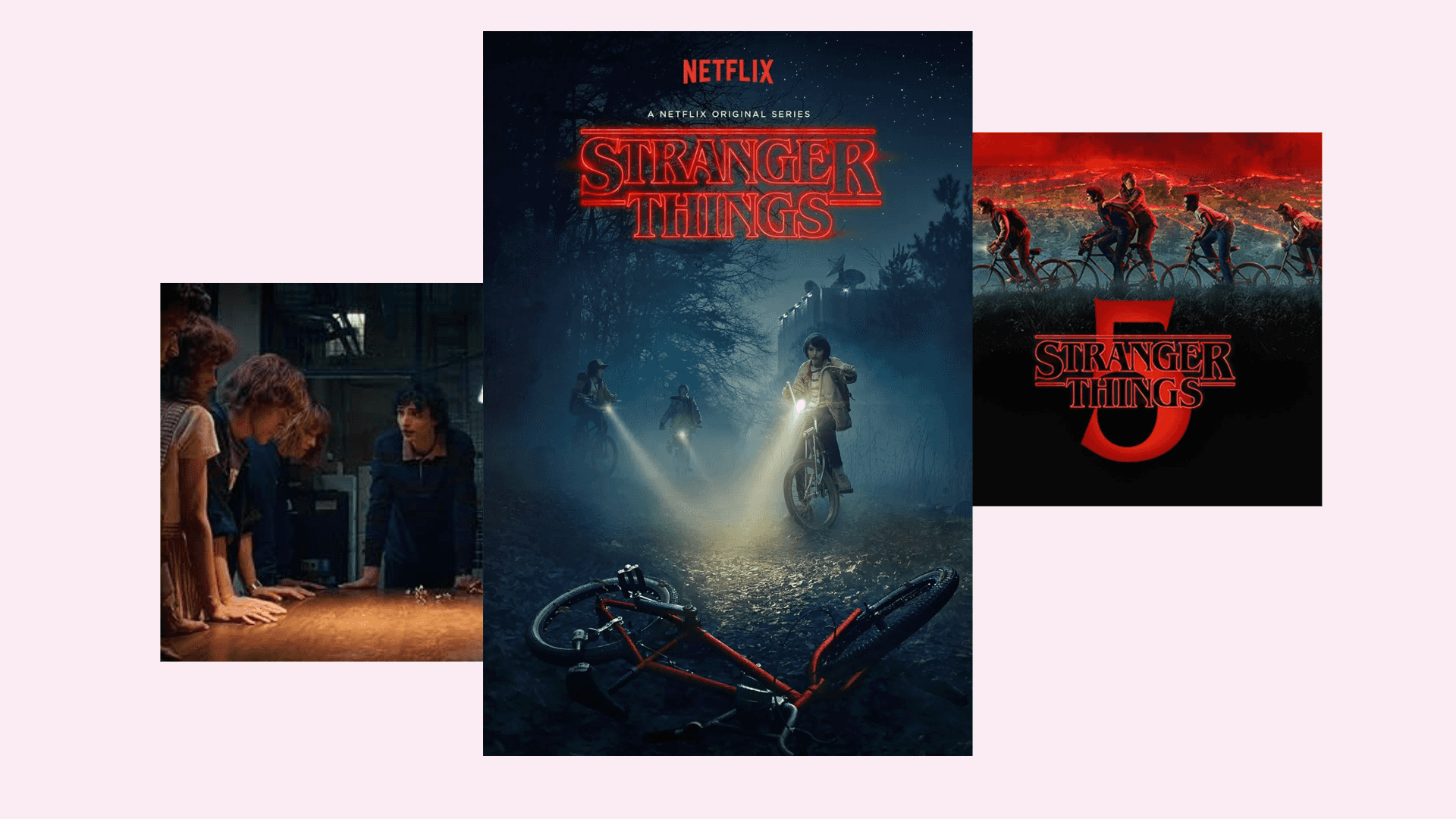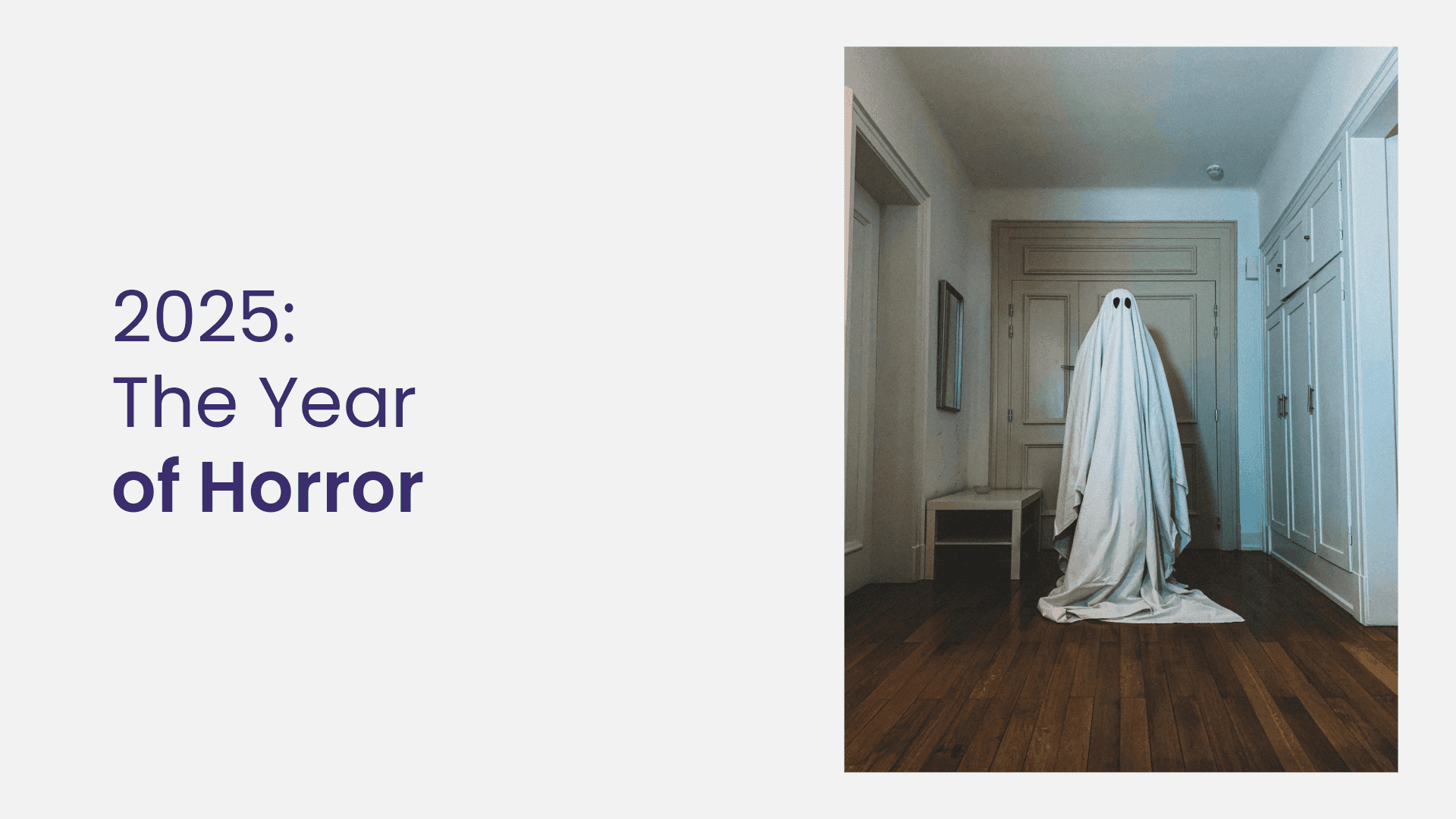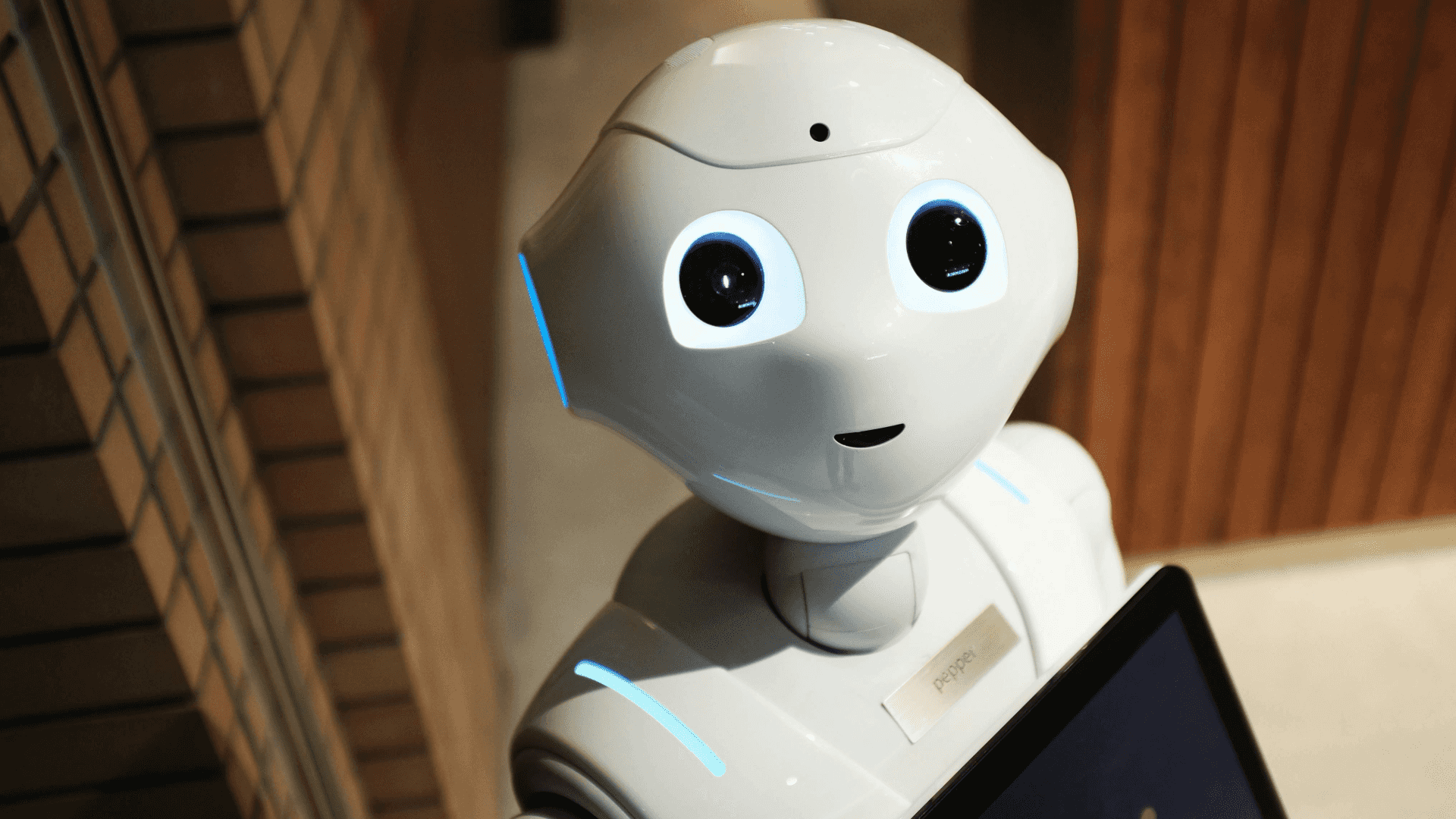The goal was to make AI feel useful and approachable. We didn’t want it to be something that sat in a corner of the business or something only the tech team used. So we encouraged everyone to try it out, no matter what their role.
We invited people to explore where AI could support their day-to-day work. That meant everything from improving copy to automating reporting or experimenting with internal tools. It was about discovering what worked, what didn’t, and where there might be room to improve.
We didn’t make it mandatory. We made it a game. That felt important. As Lee said, “If it’s not fun, it won’t stick.” Giving it a name and a format helped reduce any pressure. People saw it as a chance to play, not a formal change in process. That helped a lot in building confidence. We called this the M/Ai Games, taking place across the month of May.
